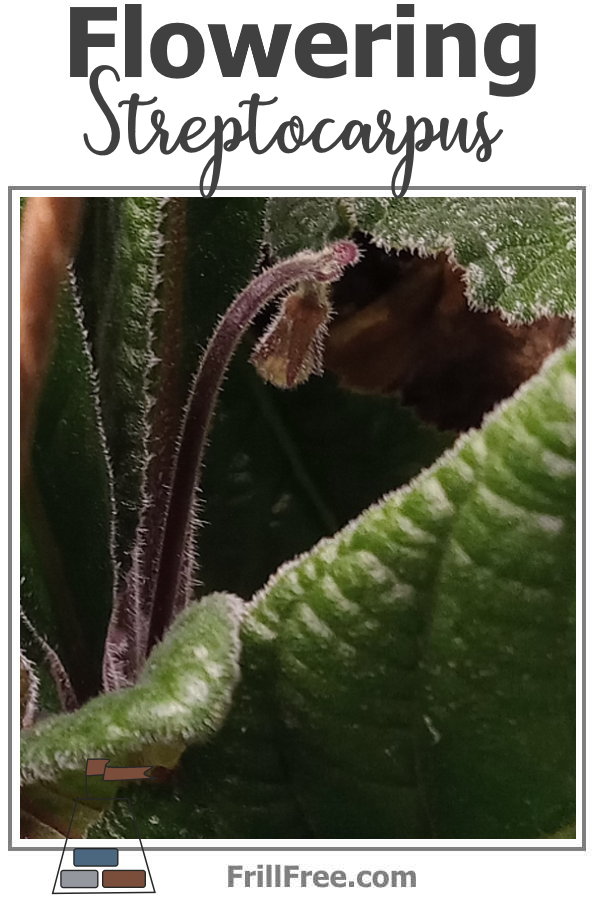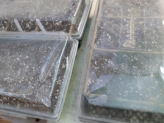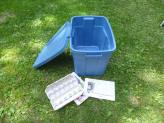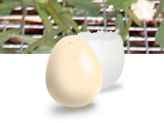- Homesteading
- Growing Ornamental Plants
- Flowering Streptocarpus
Flowering Streptocarpus
How to Trigger the Bloom Cycle
I've enjoyed growing Streptocarpus from seed, and figuring out how to get them to grow, but getting them to flower is another matter. Displaying your flowering Streptocarpus is the whole point of growing them, after all. The brag aspect is everything.
So these are the factors that seem to influence the flowering cycle the most, and trigger those amazing orchid like blooms. Getting them to bloom is just the beginning - encouraging them to continue blooming long past the initial few flowers is the next step.
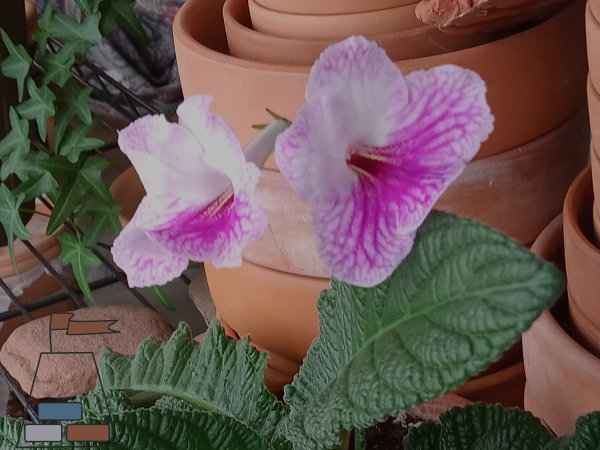 Gorgeous Streptocarpus flower with bee guides
Gorgeous Streptocarpus flower with bee guidesAnd, as an additional bonus, you can collect the weird seed pods, which are like a tiny unicorn horn, spiraling like a narwhal.
The minuscule seeds are inside, and resemble dust, so be careful where you collect and store the seed pods. See more about growing Streptocarpus from seed, and you'll see what I mean.
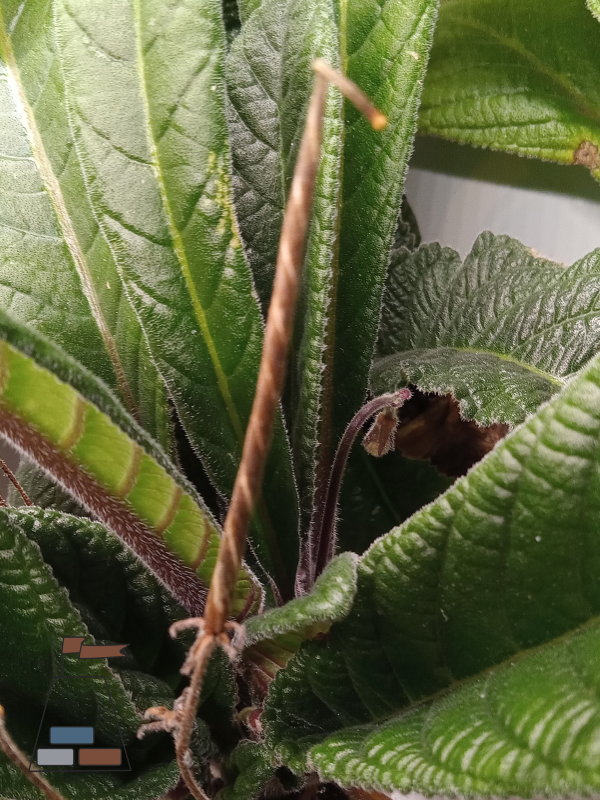 Twisted Seed Pod of Streptocarpus - you can see where they get the name
Twisted Seed Pod of Streptocarpus - you can see where they get the nameThese plants are gesneriads, the same family as African violets and Gloxinia. This means they originated in deep jungle conditions, with very little direct light, and a steady supply of moisture in the humousy soil.
Replicate these conditions for the best results.
In the months since I grew the latest batch of seeds, some of the seedlings showed precocity, which means they matured early, and flowered in abundance.
Oddly, these were either black or purple in color. The flowers lasted a long time, and I repotted the plants into larger pots. That was the beginning of the end, as they stopped blooming, and grew more of the long strappy leaves.
So another trick for forcing them to bloom is to restrict the roots. I grow these gigantic plants in tiny one inch pots. I know! It's hard to believe the huge plants will exist quite happily in these, but as long as they get enough water, they will grow in them for a long time.
Repotting them at this stage, just as they begin their flowering cycle in late winter, will prompt them to flower for a long time, even though they are filling the pot with roots.
I went from the tiny one inch pots to a dramatic five inch shallow clay pot for a selection of plants that had previously flowered and I set aside for propagation.
My criteria was mostly for the flowers, either bi-color or speckled, not straight colored. I would like to hybridize more of the interesting textures.
Originally, the flowers on these plants were just a humdrum mauve, and tiny, like maybe an inch across. In the intervening years since they were first discovered, many new hybrids have emerged, due to the ease with which they form new colors.
Light Will Trigger the Flowering Cycle of Streptocarpus
Day length is critical for triggering the bloom. 13 hours or more is where they begin to show the curled under flower stalks emerging from the crown of the plant. Once they start, they seem to continue to produce many such stalks, over months, if they get the right light levels.
Best Watering Tips for Streptocarpus
In addition, the watering regime needs to be kept up. I grow them in clay pots to enable the moisture to be drawn up in capillary action from the bussing tubs they are kept in.
To water, I judiciously pour tempered (tepid or room temperature) water into the bottom, and let them take up as much as they need. This is much easier than watering separately.
The type of water doesn't seem to matter as much. My well water has an ultraviolet light treatment system, in the summer I would most likely try to obtain rain water to limit the chemicals or minerals in well or city water, or use distilled bottled water if rainwater is not available.
A close second choice is water from an AC or heat pump if it's going through the defrost cycle often, and you can catch it in a bucket.
Fertilizing Streptocarpus to Encourage Blooming
Use a very dilute application of fertilizer, one meant for African violets will work quite well, but don't over do it. Streptocarpus are very sensitive to salts, which is what most fertilizer is composed of.
I have my selection of newly potted Streps in the north facing window for the summer, not under lights where they happily grew for the winter.
My hobby could get out of control, I may have to limit my faves to the number in five inch pots that can fit under the lights next winter. But that's a long way off, so for now, I'll just enjoy their beauty and lush growth, and of course, the flowers.
Factors to get Streptocarpus to bloom;
- Restrict the roots by using a small pot
- Light levels of 13 hours
- Constant moisture levels, using tepid water
- Judicious use of a fertilizer meant for African violets
Keeping these points in mind when you grow Cape Primrose will mean you soon will be enjoying many gorgeous blooms on your flowering Streptocarpus.
